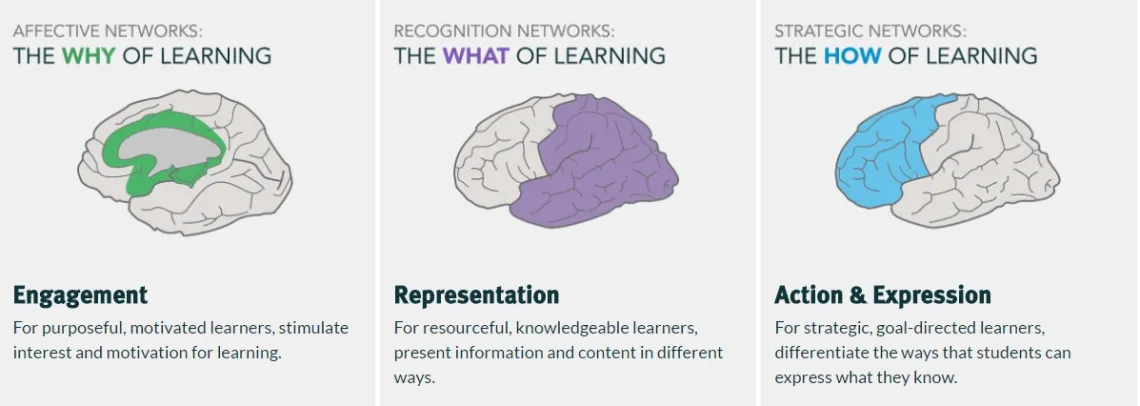Incorporating UDL Practices into Course Design
Learn how you can incorporate Universal Design for Learning (UDL) principles in your course.

As instructors and designers, we’re often deep in production trying to innovate with new ideas and content to create engaging courses for our students. Part of our job is to make sure that all learners who engage with the materials are able to get a rich and inclusive experience. One of the ways that we can ensure we meet that philosophy is through Universal Design for Learning.
Universal Design for Learning (UDL) is a framework of principles that support diverse populations of learners that guides the design of courses. All learners should be able to deeply engage with course content. We want to offer practical, concrete, actionable solutions within Universal Design for learning that can be implemented into any course.
“Universal design focuses on eliminating barriers through initial designs that consider the needs of diverse people, rather than overcoming barriers later through individual adaptation” (Rose et al., 2006)
Start Small
To get started with UDL in your course design, look through this rubric and identify what you already are doing in your teaching. Then, choose 2-3 more options that would be helpful to students and are interesting to you for the next version of your course.

*Note: In mobile and smaller screens, scroll horizontally <-->to view the contents of the table.
| Multiple Means of Engagement | Multiple Means of Representation | Multiple Means of Action & Expression |
|---|---|---|
|
How do I promote interest, persistence, and self-regulation for my students? |
How do I represent my content in more than one way? |
How do I create different ways for students to demonstrate their skills? |
|
Keeping Students Engaged |
Ways to Represent Info |
Demonstrating Skills |
|
Under 30 Minutes
|
Under 30 minutes
|
Under 30 Minutes
|
|
Under One Hour
|
Under One Hour
|
Under One Hour
|
|
Under Two Hours
|
Under Two Hours
|
Under Two Hours
|
Interested in Learning More?
Check our Events page for the workshop Inclusive Design for Everyone: Applying Standard 8 (IDE8)
Adapted from: Tobin, Thomas J. (2014). Increase Online Student Retention with Universal Design for Learning. Quarterly Review of Distance Education, 15(3) 13-24, 48. Retrieved from https://eric.ed.gov/?id=EJ1144189



